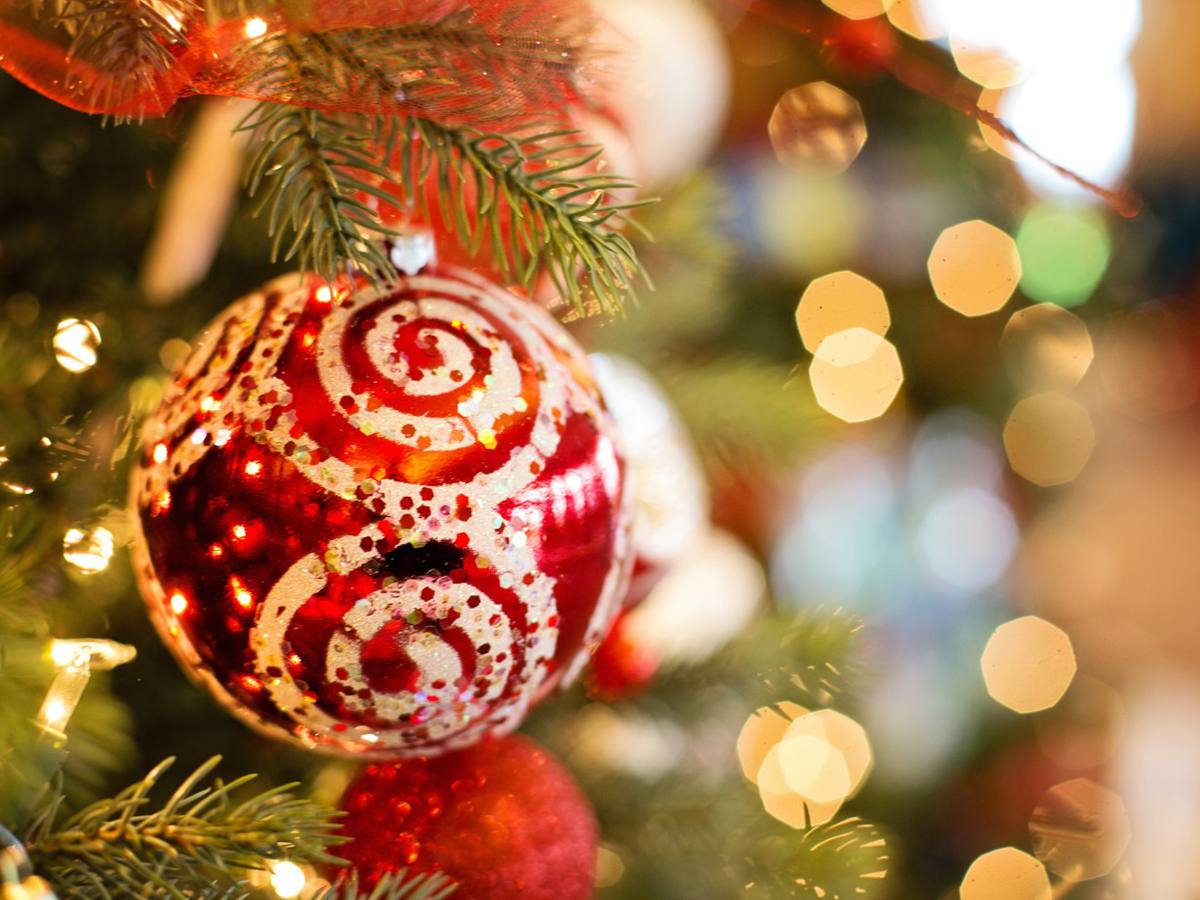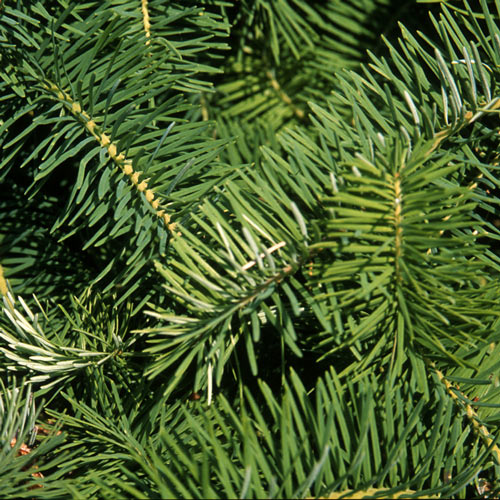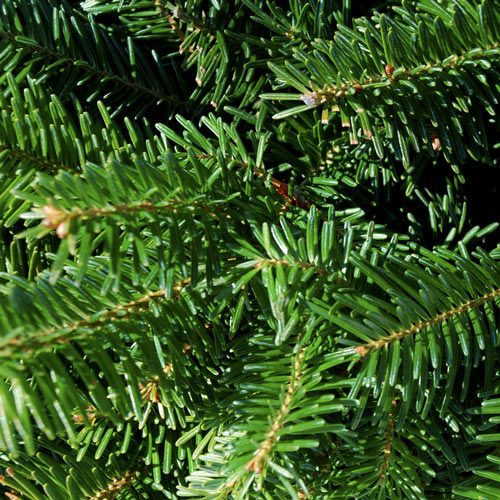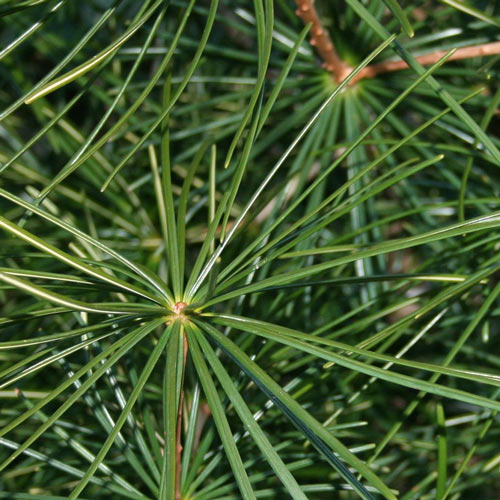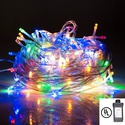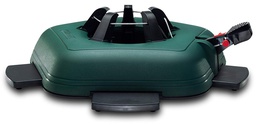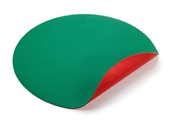Whether you're picking a real tree for the first time or been making this an annual family tradition, there is nothing quite like a real Christmas tree in your home. From the bright green branches to the fresh pine smell, nothing says Christmas like a beautiful Christmas tree. And unlike fake trees that are manufactured and shipped from other countries, when you pick a real tree, you're supporting local tree farmers. Selecting the right tree is important as each tree has branches and needles that suit a specific purpose and will fit into each home differently.
Types of Trees
Rooted Tree
With a rooted or balled and burlapped tree, there are different care instructions than a cut tree. The tree should be kept in a cool place, and only brought into the home a week before the holiday. The great thing is you can replant these trees when Christmas is over. Just make to keep the root ball moist while the tree is in the home.
If planning to plant your tree after Christmas, you will want to dig the hole for the tree before the ground freezes. It's important to keep the dirt for the hole from freezing as well.
Cut Christmas Tree
Your typical tree you can find at any live Christmas tree shop. These are cut at the base of the tree and cannot be replanted. Just make sure you have a stand and enough water to keep it fresh throughout the holiday season.
Douglas Fir
One of the most popular species of tree used for Christmas, the Douglas Fir is shaped like a pyramid. It has soft, dark green needles, and its weight allows it to be easily transported to your home and into the proper stand.
This tree cannot handle large, heavy ornaments. While it's a beautifully shaped tree, the branches can be weak. It'll live for a long time as long as it's properly cared for, but it cannot handle a lot of ornaments. In case you want to replant the tree, Douglas Fir does well in humid climates, which have dry summers.
Fraser Fir
When people think of the smell of Christmas, they are often thinking of a Fraser Fir. While the Douglas Fir doesn't have strong branches, the Fraser Fir is a hearty tree with strong limbs.
After cutting, the soft needles will stay on the tree for a long time. The needles do not prick you while you're hanging ornaments. This tree can handle heavier ornaments, but it's not a full thick tree, so it's more suitable for small rooms. it can be planted in climates where there are cold winters but cool summers.
Scots or Scotch Pine
Most of the fake Christmas trees you'll see in stores are modeled after the Scotch Pine. The needles will not fall when they are dry, which makes them a great addition to many homes. They have strong branches too.
This tree can adapt to many climates, so it's a popular tree for those who want to replant after the holiday. With the strong branches and ability to retain its needles when dry, the Scotch Pine is a great indoor tree for the holiday season.
Christmas Tree Care
Make sure that before bringing your tree home, you have a stand with a water reservoir. The most vital thing that your tree will need is water. With water, the tree will last longer and retain its needles. The size of your tree will dictate the amount of water that the tree needs. The tree needs a quart of water per inch of the stem's diameter. The stand that you choose should fit the size of your tree and have adequate room for water around the trunk.
When driving home with your tree, you'll need to make sure that the trunk is facing into the wind. When a tree is trussed up for transportation, the branches are brought up towards the tip of the tree. If the farm seller straps your tree to the car, he'll know the right direction. Before leaving the farm, they might be able to cut a slice from the base. The trunk base needs a fresh cut to allow water to penetrate. If the retail lot doesn't do it, be sure to cut it at home.
Once the tree is home, place it into the stand with plenty of water. Never let the water level drop below the trunk. It helps to fill the reservoir every day. There are devices on the market that will keep the reservoir from emptying too. Water is vital for the longevity of your Christmas tree. Keep the tree away from heat sources, and think about lowering the temperature in the room while the tree is there. It'll help it last longer.
Add a Tree Mat
If you have hardwood floors, you might want to invest in a tree mat. These mats provide a clean and simple look that also protects your home. It will help keep your tree stand from scratching the floor and prevent soak through on live trees. The best part is they roll up and can be stored in-between seasons.
Decorating the Tree
After submerging the tree trunk into the stand with water, you'll need to leave the tree alone for 24 hours. During this time, the boughs will fall enough to allow you to add lights and ornaments.
Before adding lights, make sure that the lights are low heat. If you have old strings of lights, consider upgrading to miniature lights or LED Christmas lights that give off lower heat signatures. While it might be a tradition to have big, old bulbs of lights on the tree, it could be a safety and fire hazard. Any lights that are not working should be replaced. Worn sets of lights should be replaced completely with a new set.
Safety Concerns
When leaving the home or going to bed for the night, turn the lights off, so you reduce the risk of a house fire. Keep an eye on the water levels in your tree stand, so that the tree doesn't become dry or brittle, which increases the risk of fire. Never use real candles in the tree branches, or too close to the tree.
Have a Happy Holiday Season!
You've got your tree set up and taken care of! With the twinkling lights, colorful ornaments, and pine smell, there is nothing like having a fresh Christmas tree in your home. You only get to do this once a year, so live up the holidays and enjoy it!
